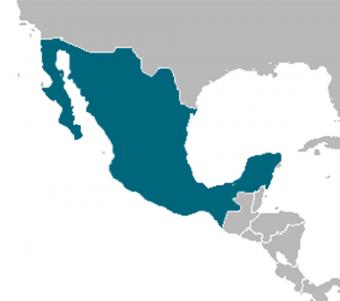Mexico
Recent Activity
Migration from Latin America to the United States and Europe appears to have slowed in the wake of the recent global financial crisis. As Jacqueline Mazza and Eleanor Sohnen of the Inter-American Development Bank report, flows between Latin American countries expanded in the 1990s and are still growing, crisis or not, and some countries are taking a more regional approach to managing migration.
MPI's Muzaffar Chishti and Claire Bergeron take an in-depth look at Arizona's SB 1070, from the range of responses to what it means for federal immigration reform. Also in this edition: a bill that would revoke the U.S. citizenship of those found helping terrorists, more delays for the "virtual fence," increased approvals for Mexican nationals' asylum applications, and more.
This volume, by a former senior counsel to the 9/11 Commission, argues that the U.S. approach to immigration and border security is off-kilter and not keeping pace with the scope and complexity of people’s movement around the world, nor with expectations regarding freedom of movement.
The United Nations Permanent Forum on Indigenous Issues estimates there are more than 370 million indigenous people in some 90 countries worldwide. Carlos Yescas of the New School for Social Research looks at the definition of indigenous people, the three types of indigenous-people flows, and how indigenous migrants maintain ties with their home communities.
Remittances would seem to boost the chances that children in Mexico complete high school. But money alone does not improve schooling outcomes in the educationally marginalized, migrant-sending regions of southern Mexico, as Adam Sawyer of the Harvard Graduate School of Education reports.
The recent recession has affected Mexicans in the United States, new flows northward, and remittances to Mexico. Francisco Alba of El Colegio de México examines the latest trends as well as Mexican government policies toward the diaspora, Mexico's role as a transit country, and immigrants and refugee and asylees in Mexico.
This panel discussion provided a brief overview of Mexican immigrants in the U.S., the role and function of Mexican consular officials in aiding this population, and reviewed the structure and foci of the Mexican government's Institute of Mexicans Abroad.
Mexico's efforts to help its migrants succeed in the U.S. offer a new example of an immigrant-sending country looking to improve its emigrants' lives and connect with its diaspora. This report examines Mexico's approach to its migrants and details the activities of the government's attempt to map the expanding range of its educational, health care, financial, and civic programs.




